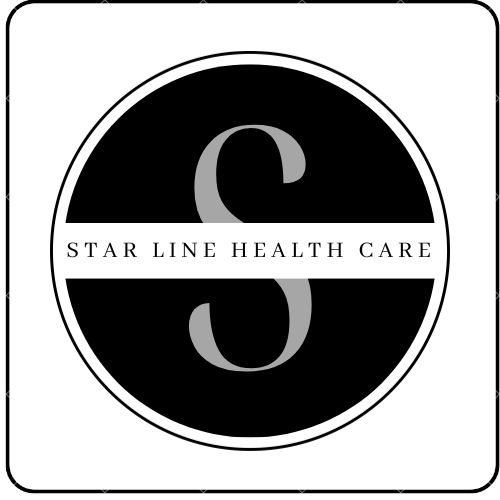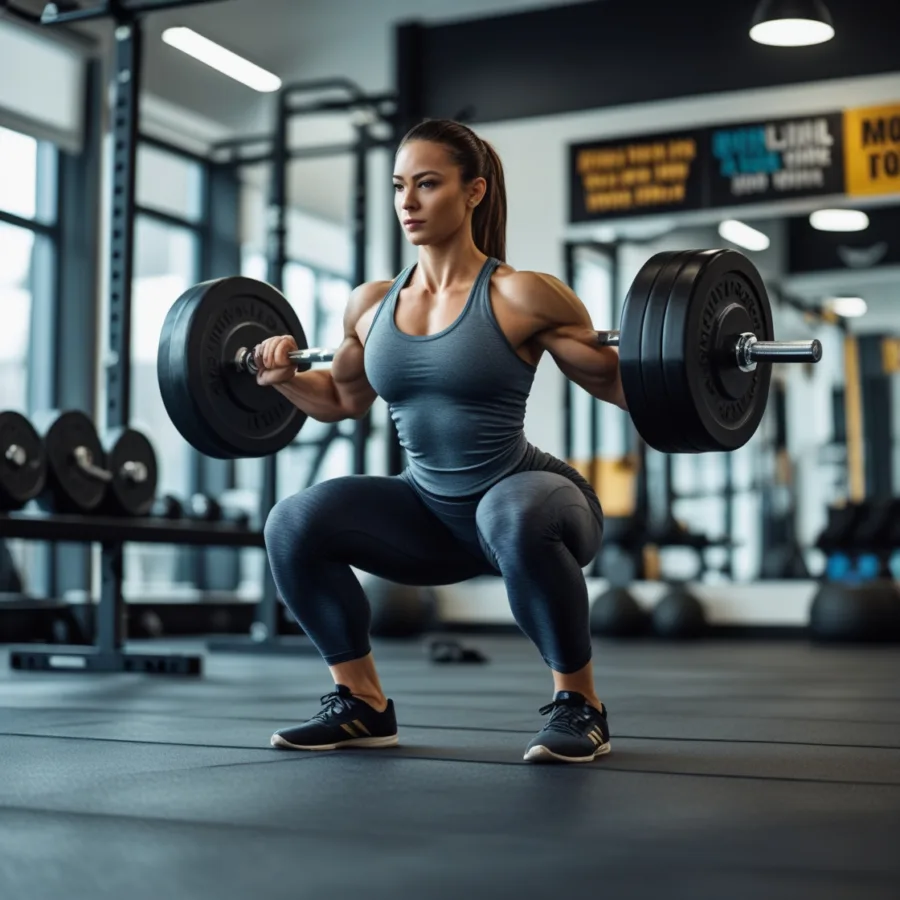The Dumbbell Goblet Squat Muscles Worked is one of the most effective lower-body exercises for building strength, stability, and endurance. Whether you are a beginner or an advanced lifter, this squat variation targets multiple muscle groups while improving overall mobility and balance. In this article, we will explore the key muscles worked by the dumbbell goblet squat, the benefits of incorporating this exercise into your routine, and tips for optimizing your performance.
Table of Contents
Dumbbell Goblet Squat Muscles Worked
Quadriceps: The Primary Movers
The quadriceps are the primary muscles activated during the dumbbell goblet squat. Located at the front of the thighs, the quadriceps consist of four muscles:
- Rectus Femoris – Runs down the center of the thigh and plays a crucial role in knee extension and hip flexion.
- Vastus Lateralis – Positioned on the outer thigh, it helps stabilize the knee and assists in leg extension.
- Vastus Medialis – Found on the inner thigh, this muscle aids in knee stabilization and movement control.
- Vastus Intermedius – Located deep beneath the rectus femoris, it contributes to knee extension strength.
During the descent of the dumbbell goblet squat, the quadriceps engage to control movement, and during the ascent, they contract powerfully to extend the knees and return to the starting position. Developing strong quadriceps improves running performance, jumping power, and overall lower-body endurance.
Glutes and Hamstrings: Power and Stability
The gluteal muscles and hamstrings play an essential role in providing power, balance, and stability during the goblet squat. These muscles work together to control movement and enhance overall performance.
Glutes:
- Gluteus Maximus – The largest and most powerful muscle in the glute group, responsible for hip extension and force generation.
- Gluteus Medius and Minimus – Located on the sides of the hips, these muscles stabilize the pelvis and prevent knee collapse during squatting movements.
When you perform a dumbbell goblet squat, the glutes activate at the bottom of the squat and engage forcefully as you push upward. Strengthening the glutes improves hip mobility, enhances athletic performance, and reduces the risk of lower-body injuries.
Hamstrings:
- Biceps Femoris – The largest of the hamstring muscles, supporting knee flexion and hip extension.
- Semitendinosus and Semimembranosus – Located at the back of the thigh, assisting with knee stabilization and movement.
Although the hamstrings are not the primary drivers in a goblet squat, they assist in stabilizing the knee and controlling hip movement. A strong posterior chain (glutes and hamstrings) is crucial for explosive movements and injury prevention.
Core Muscles: Stability and Balance
The core muscles play a vital role in maintaining an upright position while performing the dumbbell goblet squat. Holding the dumbbell close to the chest increases core engagement, making this exercise an excellent choice for improving stability and posture.
The core muscles involved in Dumbbell Goblet Squat Muscles Worked include:
- Rectus Abdominis – Commonly known as the “six-pack” muscles, these help maintain a stable spine and prevent excessive forward lean.
- Obliques – Located on the sides of the abdomen, they aid in rotational stability and prevent side-to-side movement.
- Transverse Abdominis – The deepest core muscle, responsible for maintaining intra-abdominal pressure and overall stability.
- Erector Spinae – A group of muscles running along the spine that supports proper posture and spinal alignment.
A strong core not only enhances squat performance but also helps prevent lower back pain and improves functional movement patterns used in daily life.
Calves and Adductors: Supporting Stability
Although often overlooked, the calves and adductors play a supporting role in the dumbbell goblet squat by providing balance and maintaining lower-body stability.
Calves:
- Gastrocnemius and Soleus – Located at the back of the lower leg, these muscles help with ankle stability and control foot positioning during the squat.
Adductors:
- Adductor Magnus, Brevis, and Longus – Found in the inner thigh, they assist in controlling leg movement and maintaining proper knee alignment.
While these muscles are not the primary focus of the dumbbell goblet squat, they help ensure proper form and prevent wobbling or instability during the exercise.
Tips for Maximizing Engagement in the Dumbbell Goblet Squat Muscles Worked
To get the most out of your Dumbbell Goblet Squat Muscles Worked, follow these tips:
- Maintain Proper Form – Keep your chest upright, core engaged, and knees aligned with your toes throughout the movement.
- Control Your Descent – Lower yourself in a slow, controlled motion to fully activate the muscles and reduce injury risk.
- Push Through the Heels – This ensures maximum engagement of the glutes and prevents excessive pressure on the knees.
- Use a Challenging Weight – Select a dumbbell heavy enough to challenge you but light enough to maintain perfect form.
- Incorporate Variations – Try tempo squats, pause squats, or elevate your heels to target different muscle groups and improve flexibility.
- Focus on Breathing – Inhale as you lower into the squat and exhale forcefully as you push back up to engage the core effectively.
Conclusion
The Dumbbell Goblet Squat Muscles Worked is a powerhouse exercise that targets multiple muscle groups, including the quadriceps, glutes, hamstrings, core, and stabilizing muscles. It is an excellent choice for improving strength, mobility, and functional fitness. By mastering proper form, avoiding common mistakes, and progressively increasing resistance, you can unlock the full potential of this versatile movement. Whether you’re training for athletic performance, weight loss, or general fitness, incorporating the dumbbell goblet squat into your routine will yield impressive results.




